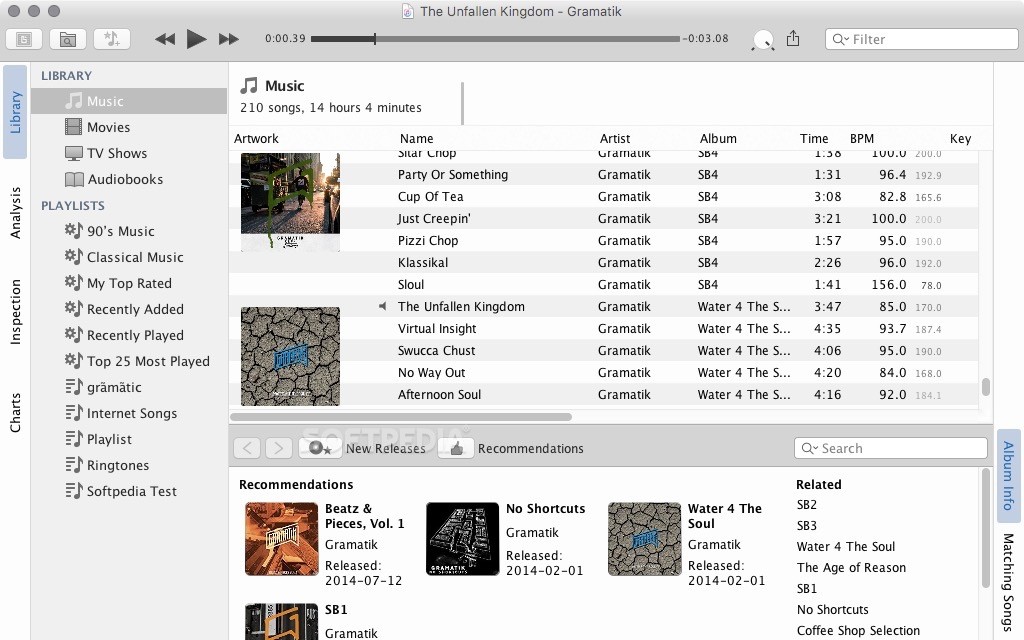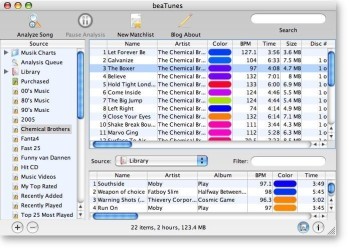
Interoperability and vendor lock-in were ranked the next most significant challenges, both with 25% of response. Vendor lock-in is one of the major barriers to cloud adoption as indicated in a recent survey by 451, GigaOM and North Bridge Venture – Future of cloud survey shows significance of open source The main incentive for Cloud Portability is – Avoiding Vendor lock-in I’ll spend more time on how we can use this realization to simplify the task of achieving cloud portability in a follow-up post. API portability is easy cloud API portability is not. The problem of dealing with application portability between clouds is vastly different than the problem of dealing with API portability. I believe that over time, you’ll see less and less of this as there will be enough nonproprietary options to restrict their use.) (There are exceptions, such as SimpleDB and SQS, which do use proprietary and localized APIs. In many cases, systems management tools are the primary specific aspect for a given cloud platform most provide support for managed middleware like MySQL (RDMS), Tomcat, memcached, or even map/reduce (through Hadoop, for example.) The mechanisms for using these are standard and common, but the APIs for managing the services are not. Most of the cloud API deals with stuff that happens outside of the application code, like starting new virtual machines or services, or providing elasticity. Most applications don’t need to interact with the cloud-specific API from the application itself.


This brings me to the first observation: Application Portability != Cloud API portability. Having a common or standard API is one way to achieve that goal but not necessarily the most practical one, given the speed in which cloud APIs evolve.
#BEATUNES SAFE CODE#
What you’re really looking for is the ability to run your application on different cloud platforms without any code change. When people think of Cloud portability, the immediate thing that comes to mind is Cloud API portability – a standard API, or a common abstraction, that maps all the different API’s into one common façade, right? Well… wrong. This is perhaps the most important observation in this entire discussion. Cloud portability = Cloud API portability Five Common Misconceptions on Cloud Portability 1.

I will start by covering five common misconceptions people have. In this and the next few posts, I wanted to share some of our experiences when developing Cloudify , our unified cloud deployment/management tool.
#BEATUNES SAFE TRIAL#
Finding the right combination of features is a pretty tricky challenge and involves lots of trial and error, as the chances that you’ll pick the wrong ones are still pretty high, as we experienced ourselves.
#BEATUNES SAFE PORTABLE#
Having said that, there are still too many options from the standpoints of API standardization, portable virtual machines, abstraction frameworks, orchestration frameworks, etc. None of them fully address the challenge and therefore a solution has to combine these options into one cohesive unit. Frameworks like JClouds have been developed to make cloud portability an easier goal to reach.Īs a result, cloud portability is not only a possibility, but it’s easily done with the right constraints in mind. Now, there are many different public and private cloud offerings: platforms like GoGrid, VMWare, Citrix/Xen, and Cisco UCS, with recent additions being OpenStack,, and Microsoft Azure. Three years ago when we started working on the first generation of our PaaS offering, cloud portability seemed to be pretty much “mission impossible.” At the time, we made a conscious decision to focus only on Amazon for our first generation PaaS as practically it was the only cloud in town.


 0 kommentar(er)
0 kommentar(er)
